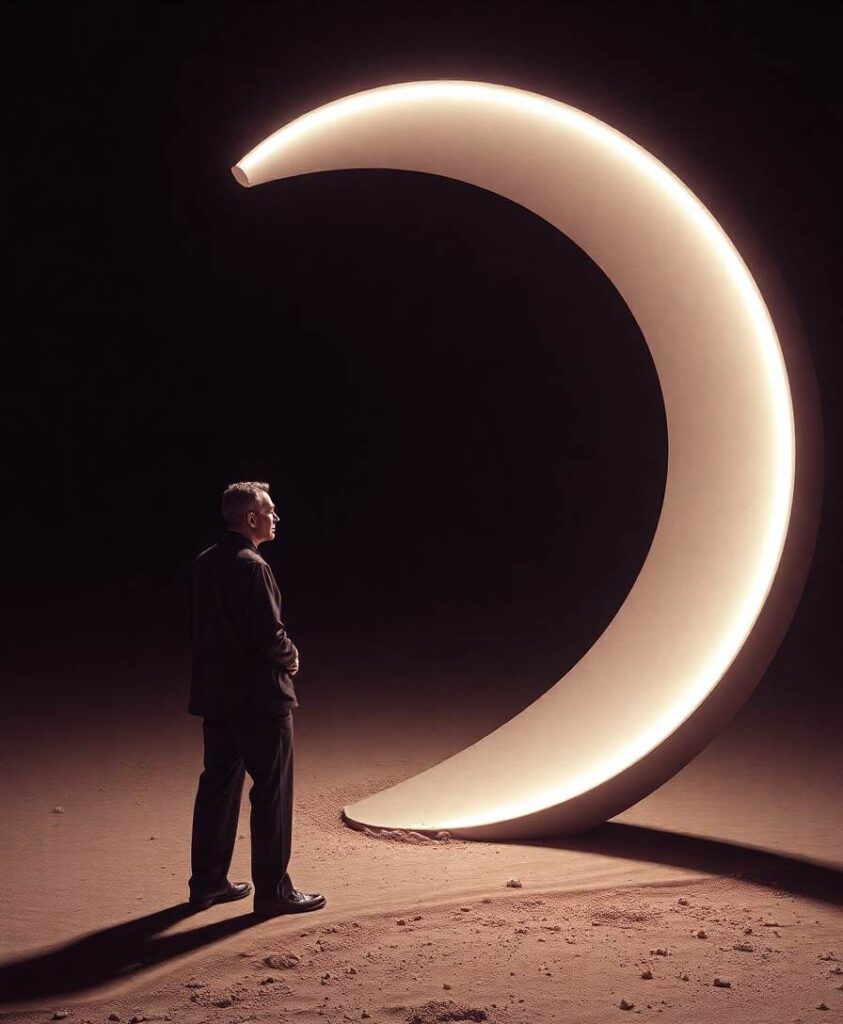Physical activity has always been more than exercise for my communities. Traditional practices like group hunting, ceremonial dancing, and community games wove movement into social fabric, creating spaces where generations could learn, support, and challenge each other. Modern fitness environments can echo these ancestral approaches, offering opportunities for meaningful interaction beyond repetitive physical training.
Scientific research increasingly validates what Indigenous cultures have known for generations: movement is a powerful social catalyst. When we approach fitness as a third space—a dynamic environment for relationship-building and personal growth—we unlock potential far beyond physical conditioning. Curiosity about how structured physical environments can nurture human connections might reveal surprising insights into community wellness, personal development, and the intricate ways our bodies and social networks intertwine.
A third space is somewhere outside of home and work where you can spend your leisure time and socialize with people who share your interests. Explore …



